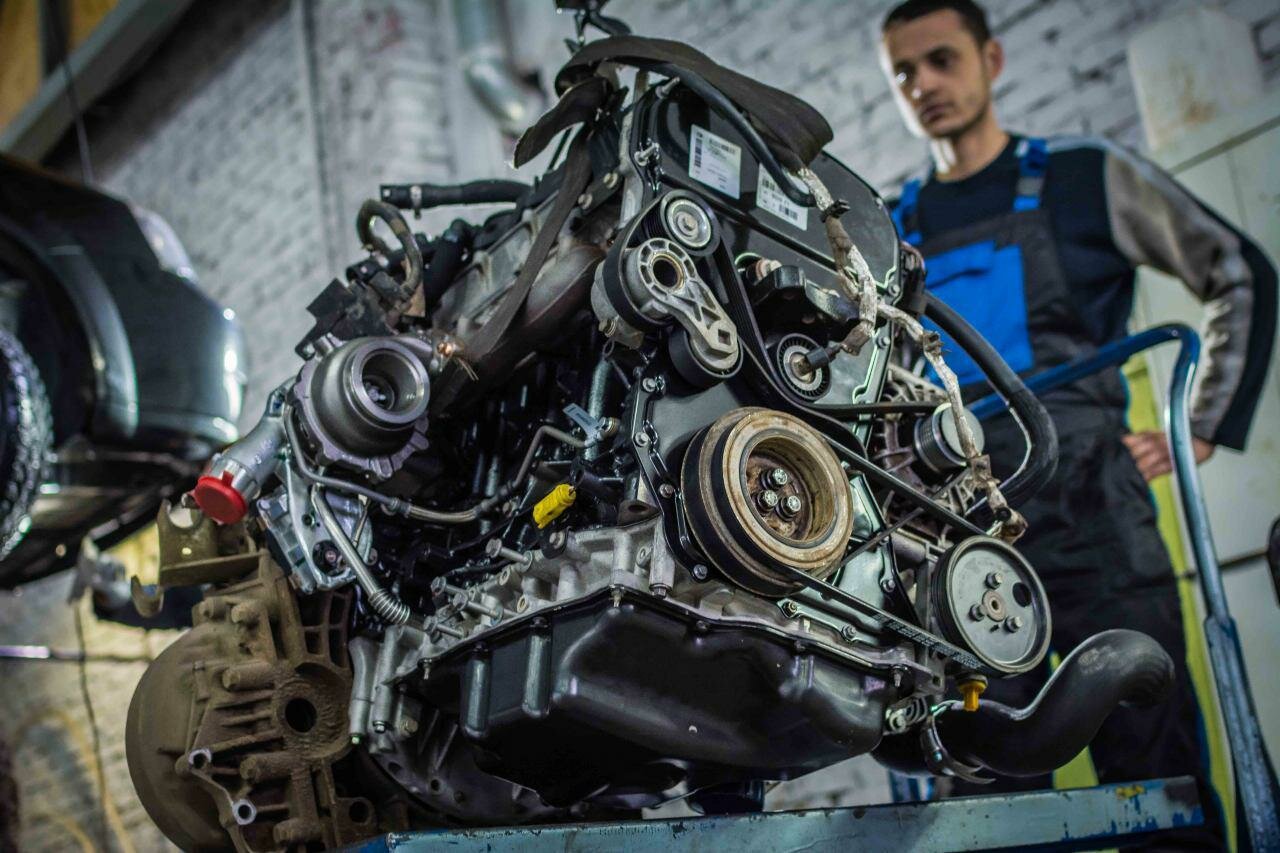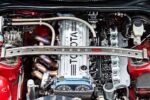Dodge Challenger: A Brief Overview
The Dodge Challenger has carved out a significant niche in the American muscle car landscape since its debut in 1970. Originally designed to compete with the Ford Mustang and Chevrolet Camaro, the Challenger quickly gained a reputation for its powerful engines and aggressive styling. Over the decades, it has undergone various transformations, but its core identity as a high-performance vehicle has remained intact. The modern iteration, reintroduced in 2008, pays homage to its classic roots while incorporating contemporary technology and design elements.
Engine Performance and Challenges
While the Challenger is celebrated for its robust engine options, including the iconic HEMI V8, it has not been without its share of engine-related issues. Owners have reported a range of problems, from minor annoyances to significant mechanical failures. These issues can affect performance, reliability, and even safety in some cases. As enthusiasts and everyday drivers alike continue to embrace the Challenger, understanding its engine problems is crucial for current and prospective owners. This article will delve into the common engine issues faced by Dodge Challenger owners, providing insights into their causes, implications, and potential solutions.
Dodge Challenger Engine Problems: An In-Depth Look
The Dodge Challenger is known for its powerful performance and aggressive styling, but it is not without its engine problems. Owners have reported various issues that can affect the driving experience and overall reliability of the vehicle. Understanding these problems is essential for anyone considering purchasing a Challenger or for current owners looking to maintain their vehicle.
Common Engine Issues
Several engine problems have been documented among Dodge Challenger owners. Here are some of the most prevalent issues:
- Oil Consumption: Many Challenger owners have reported excessive oil consumption, particularly in models equipped with the 5.7L HEMI V8 engine. This can lead to low oil levels and potential engine damage if not addressed promptly.
- Engine Misfires: Misfiring can occur due to faulty spark plugs, ignition coils, or fuel injectors. This issue can lead to reduced performance and increased emissions.
- Overheating: Some Challengers experience overheating due to a faulty thermostat, water pump, or radiator issues. Overheating can cause severe engine damage if not resolved quickly.
- Timing Chain Problems: Certain models have reported timing chain issues, which can lead to catastrophic engine failure if the chain snaps or skips a tooth.
- Check Engine Light: A persistent check engine light can indicate various underlying issues, from minor sensor problems to more serious engine failures.
Specific Engine Problems by Model Year
The engine problems can vary significantly depending on the model year of the Dodge Challenger. Below is a table summarizing some of the key issues reported across different model years:
| Model Year | Common Issues | Symptoms |
|---|---|---|
| 2008-2010 | Oil consumption, engine misfires | Low oil levels, rough idling |
| 2011-2014 | Overheating, timing chain problems | Engine temperature warning, unusual noises |
| 2015-2020 | Check engine light, oil leaks | Warning lights, oil spots under the vehicle |
| 2021-Present | Fuel injector issues, electronic throttle control | Reduced power, stalling |
Symptoms and Consequences of Engine Problems
Recognizing the symptoms of engine problems early can help prevent more severe damage and costly repairs. Below is a table outlining common symptoms and their potential consequences:
| Symptoms | Consequences |
|---|---|
| Excessive oil consumption | Engine wear, potential engine failure |
| Engine misfires | Reduced performance, increased emissions |
| Overheating | Head gasket failure, warped engine components |
| Check engine light | Undiagnosed issues leading to severe engine damage |
Top views |
|
|---|---|
 |
Oil, Timing Chains, Pistons: What Really Kills an Engine Prematurely? |
 |
How to Choose a Car with a Reliable Engine: Used Car Market Hacks That Actually Work |
Conclusion
The Dodge Challenger, while a powerful and iconic muscle car, is not immune to engine problems. Owners should be vigilant about monitoring their vehicles for symptoms of these issues to ensure longevity and performance. Regular maintenance and prompt attention to any warning signs can help mitigate the risks associated with these common engine problems.




0 Comments